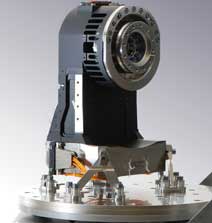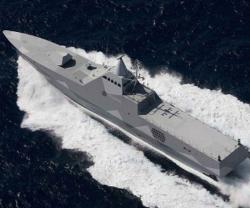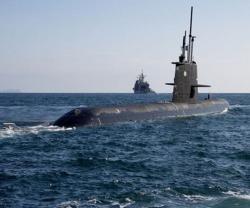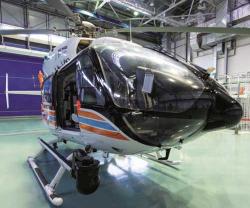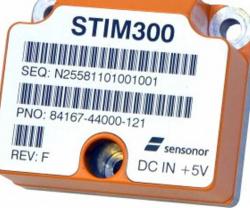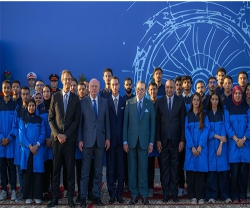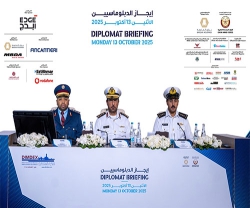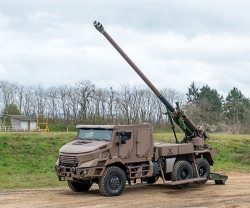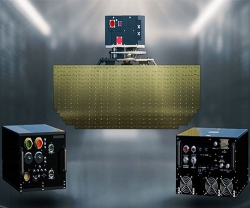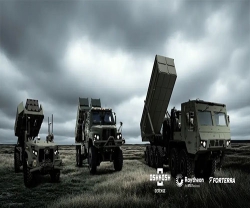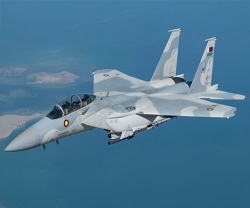RUAG Space (Vienna, Austria) recently completed the task of developing and supplying mechanisms for one of the three main instruments of the James Webb Space Telescope (JWST).
As the successor to the successful Hubble Space Telescope, the JWST has been designed to capture images of the oldest galaxies in the universe. The satellite has been developed under the leadership of the American space agency NASA and is scheduled to be launched from the European spaceport in Kourou, French Guiana on an Ariane 5 rocket in 2014.
The James Webb Space Telescope will be some three times larger than its predecessor, the Hubble Space Telescope. In order to detect and observe stars and galaxies from the earliest epochs of the universe, the JWST will primarily operate in the infrared region of the spectrum using highly sensitive instruments that have been optimized for this frequency range. The telescope's primary mirror will have a diameter of almost 7 meters, making it at least twice as large as that of its predecessor Hubble. The European Space Agency (ESA) has overall responsibility for developing two of the three instruments (MIRI and NIRSpec).
In contrast to its predecessor Hubble, which observes the universe from a few hundred kilometers above the Earth, the JWST will occupy an orbital position approximately 1.5 million kilometers from the Earth. This will ensure that the captured images are not distorted by the turbulence of the Earth's atmosphere while keeping the JWST just within the Earth's shadow to prevent sunlight from interfering with the telescope's view.
The NIRSpec 'super-eye' – one of the two European contributions to the mission – is being developed by the prime contractor EADS Astrium in Germany. Weighing in at approximately 200 kilograms, the instrument will operate at a temperature of minus 238 degrees Celsius, enabling it to detect even the weakest of infrared signals from the most distant galaxies.
The instrument will be capable of switching between different observing modes thanks to a number of interchangeable filters that can be moved into the beam path. RUAG Space in Vienna has developed, built and tested the mechanical support structures and special ball bearings of the two filter systems referred to as the Filter Wheel Assembly (FWA), while overall responsibility for the system design lies with Zeiss Optronics in Germany. The infrared measurements will require the filter mechanism to provide extraordinary levels of precision at extremely low operating temperatures after having successfully withstood the tremendous loads that occur during launch. Meeting those specifications required the developers to use highly specialized materials and an optimized ball bearing design. Both optical filter systems were subjected to computer-aided mechanical and thermal analyses to calculate all the different operating conditions they will encounter.
The total revenue from this order for RUAG Space in Austria will be in excess of 3 million euros.
This mission also includes a number of other Austrian products, including the thermal insulation for the telescope's large communication antenna, which was developed and built by the affiliated company RUAG Space in Sweden. The system that enables the satellite to separate from the launch vehicle in orbit was also produced by the company's Swedish affiliate, while a mechanical cover for the second European instrument MIRI stems from RUAG Space in Switzerland.

